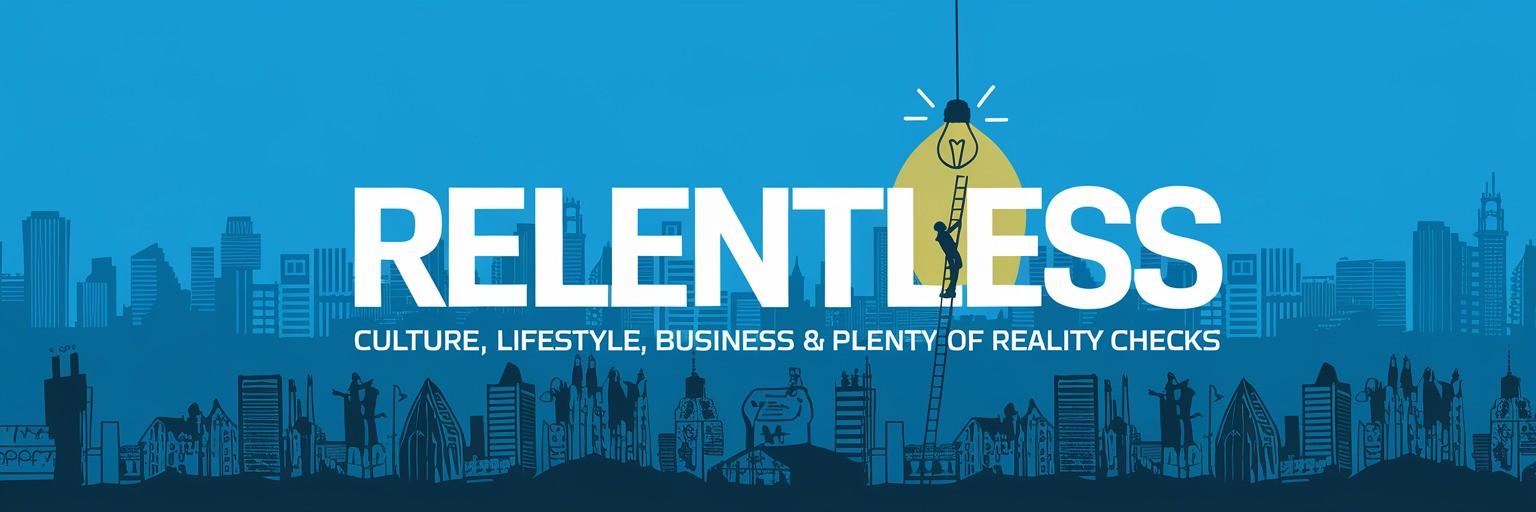Use our free college ROI calculator to estimate the expected return on investment of what you’re going to pay for your college education. This calculator is based on our College ROI Data.
There’s a lot of data today to support the value of college. But a key factor in whether you’re going to see a positive return or negative return is simply how much you pay out of pocket (this would be your net price after scholarships, grant, and other gift aid).
To use the college ROI calculator, you simply need to input your annual cost out of pocket (this is what you’re paying – whether through cash or loans), your gender, and how many years you expect to be in college. Be honest – it’s okay to select more than 4 years if that applies to you. After that, the calculator will provide your estimated return on investment.
What To Know About The College ROI Calculator
When you are trying to figure out whether college is worthwhile, your out of pocket cost will be the biggest factor. Yes, your future career path and earnings matter, but our calculator focuses on the average data for graduates.
You should keep this in mind though – because it’s the average this means that a significant number of graduates more than average, but also a significant number earn less. We take a conservative approach to ROI with our calculator. The latest and most comprehensive data shows that upwards of 25% of bachelor’s degrees have a negative ROI.
Cost Of College
This should be your out-of-pocket cost of college. This is the amount you will write a check for (or get a student loan for) after all of your scholarships are awarded.
Our calculator will increase the annual cost by 5% per year for each year of college – since your Freshman year is always the cheapest. Typical colleges will see anywhere from a 3% to 8% increase in costs annually (it’s been on the higher end lately due to inflation).
Gender
Gender still has a big impact on lifetime earnings, which in turn factor into whether college is worthwhile. The ROI of college for a woman is about 30% lower than the ROI for men, because of the lower lifetime earnings that women typically have.
Years Of College
Finally, how many years you spend in college has a huge impact on ROI because it directly impacts how much you’ll spend.
If you can transfer to a state college after two years of free community college, you’re going to have a much higher ROI than someone who spends 5 years at a college.

Source: The College Investor
Factors That Could Impact ROI
There are some factors that our college ROI calculator cannot capture and factor into.
Average Data: First, our calculator uses averages. Not all graduates are average. Some will be below average (including those that have a negative ROI), and some will be above average (thinking doctors, etc.). It’s impossible to accurately predict anyone’s future earnings trajectory. This calculator is simply designed to help you understand if you are overpaying for a bachelor’s degree or not – compared to the average.
Loan Forgiveness:
Second, for certain borrowers who are eligible for loan forgiveness programs like Public Service Loan Forgiveness, borrowing may not be a negative ROI factor. These borrowers can work for 10 years in public service, and see their remaining loan balance forgiven. This can be a windfall for teachers, who may need to borrow to pay for college, may not have high earnings after graduation, but can get student loan relief.




:max_bytes(150000):strip_icc()/faw-santoku-group-photo-jason-horn-2-1-ba252aa561dc4e62bbdcc11b65b6e1a4.jpeg?w=1068&resize=1068,0&ssl=1)
